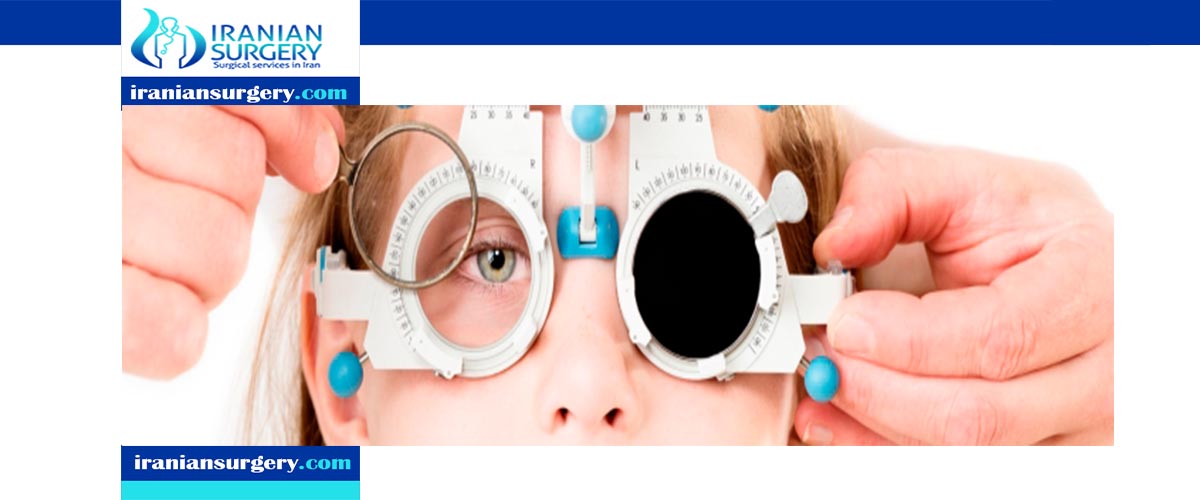Facts about lasik risks
Complications that result in a loss of vision are very rare. But certain side effects of LASIK eye surgery, particularly dry eyes and temporary visual disturbances, are fairly common. These usually clear up after a few weeks or months, and very few people consider them to be a long-term problem.
Eye Problems After Surgery:
For one of patients, LASIK turned into an unexpected nightmare.
“I went in blissfully ignorant of what was really going on here,” says Esveld, 28. “I did my research when I bought a TV, but not when I decided to laser my eyes.”
In December 2016, about 4 days after having the surgery at what he now calls a “LASIK mill,” he had an unsettling pain in his right eye.
With LASIK, which stands for laser-assisted in situ keratomileusis, lasers correct eyesight by reshaping tissue under the cornea, the round dome at the front of the eye. The doctor flattens the eye and cuts a flap to reshape the middle section of the cornea. The reshaping of the tissue changes the way light focuses in the retina, making your vision clearer. It can take up to 6 months for eyes to reach peak clarity and for some of the side effects to go away.
It isn’t unusual for patients to have eye problems for the first time after LASIK, including halos, dry eyes, starbursts, and lessened night vision.
Esveld contacted the clinic where he had his surgery about the pain. Burning, itching, and discomfort are all common symptoms for a few days afterward, so his situation didn’t seem out of the ordinary. At the first post-op consultation, he was told his eyes looked “perfect.”
Millions of Iranians have had LASIK eye surgery to correct their vision since it was introduced in the United States more than 20 years ago, and experienced LASIK surgeons report that serious complication rates can be held below 1 percent.
Common LASIK complications and side effects are listed below. Most of these problems can be resolved with medical treatment or additional "enhancement" surgery.
Risks of LASIK include:
- Dry eyes. LASIK surgery causes a temporary decrease in tear production. For the first six months or so after your surgery, your eyes may feel unusually dry as they heal. Dry eyes can reduce the quality of your vision.
Your eye doctor might recommend that you use eyedrops during this time. If you experience severe dry eyes, you could opt for another procedure to get special plugs put in your tear ducts to prevent your tears from draining away from the surface of your eyes.
- Glare, halos and double vision. After surgery you may have difficulty seeing at night. You might notice glare, halos around bright lights or double vision. This generally lasts a few days to a few weeks.
Even when a good visual result is measured under standard testing conditions, your vision in dim light (such as at dusk or in fog) may be reduced to a greater degree after the surgery than before the surgery.
- If the laser removes too little tissue from your eye, you won't get the clearer vision results you were hoping for. Undercorrections are more common for people who are nearsighted. You may need another LASIK procedure within a year to remove more tissue.
- It's also possible that the laser will remove too much tissue from your eye. Overcorrections may be more difficult to fix than undercorrections.
- Astigmatism can be caused by uneven tissue removal. It may require additional surgery, glasses or contact lenses.
- Flap problems. Folding back or removing the flap from the front of your eye during surgery can cause complications, including infection and excess tears. The outermost corneal tissue layer (epithelium) may grow abnormally underneath the flap during the healing process.
- Vision loss or changes. Rarely, you may experience loss of vision due to surgical complications. Some people also may not see as sharply or clearly as previously.
Conditions that increase risks
Certain health conditions can increase the risks associated with LASIK surgery or make the outcome less predictable. Doctors may not recommend laser refractive surgery for you if you have certain conditions, including:
- Autoimmune disorders, such as rheumatoid arthritis
- A weakened immune system caused by immunosuppressive medications or HIV
- Persistent dry eyes
- Unstable vision due to medications, hormonal changes, pregnancy, breast-feeding or age
- Keratitis, uveitis, herpes simplex affecting the eye area, glaucoma, cataracts, eye injuries or lid disorders
LASIK is usually not advisable if you:
- Have an eye disease called keratoconus, or if you have a family history of it
- Have fairly good overall vision
- Have severe nearsightedness
- Have very large pupils or thin corneas
- Have age-related eye changes that cause you to have less-clear vision (presbyopia)
- Participate in contact sports that may be associated with blows to the face
1- common question about lasik eye surgery risks
[kkstarratings]


